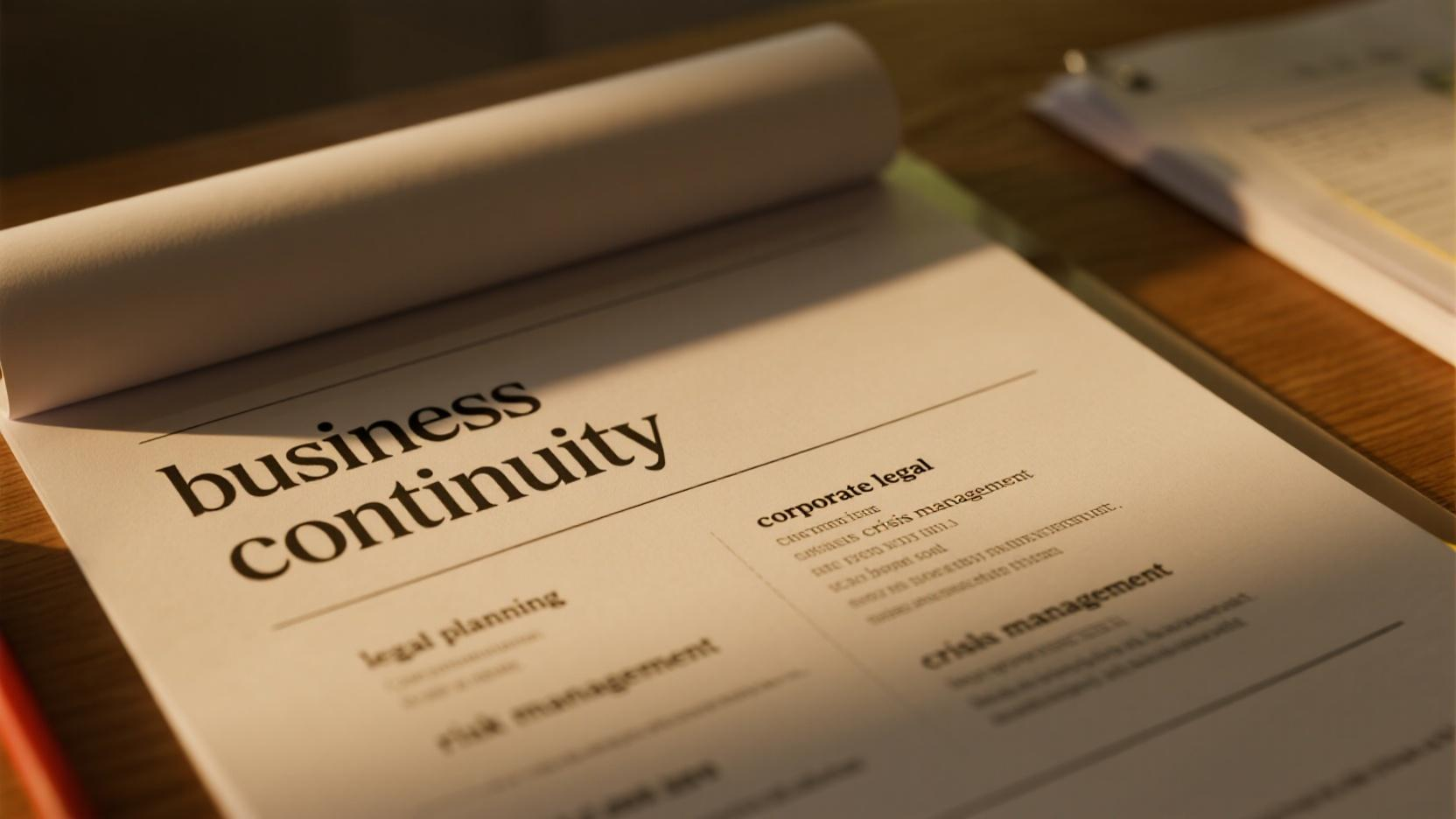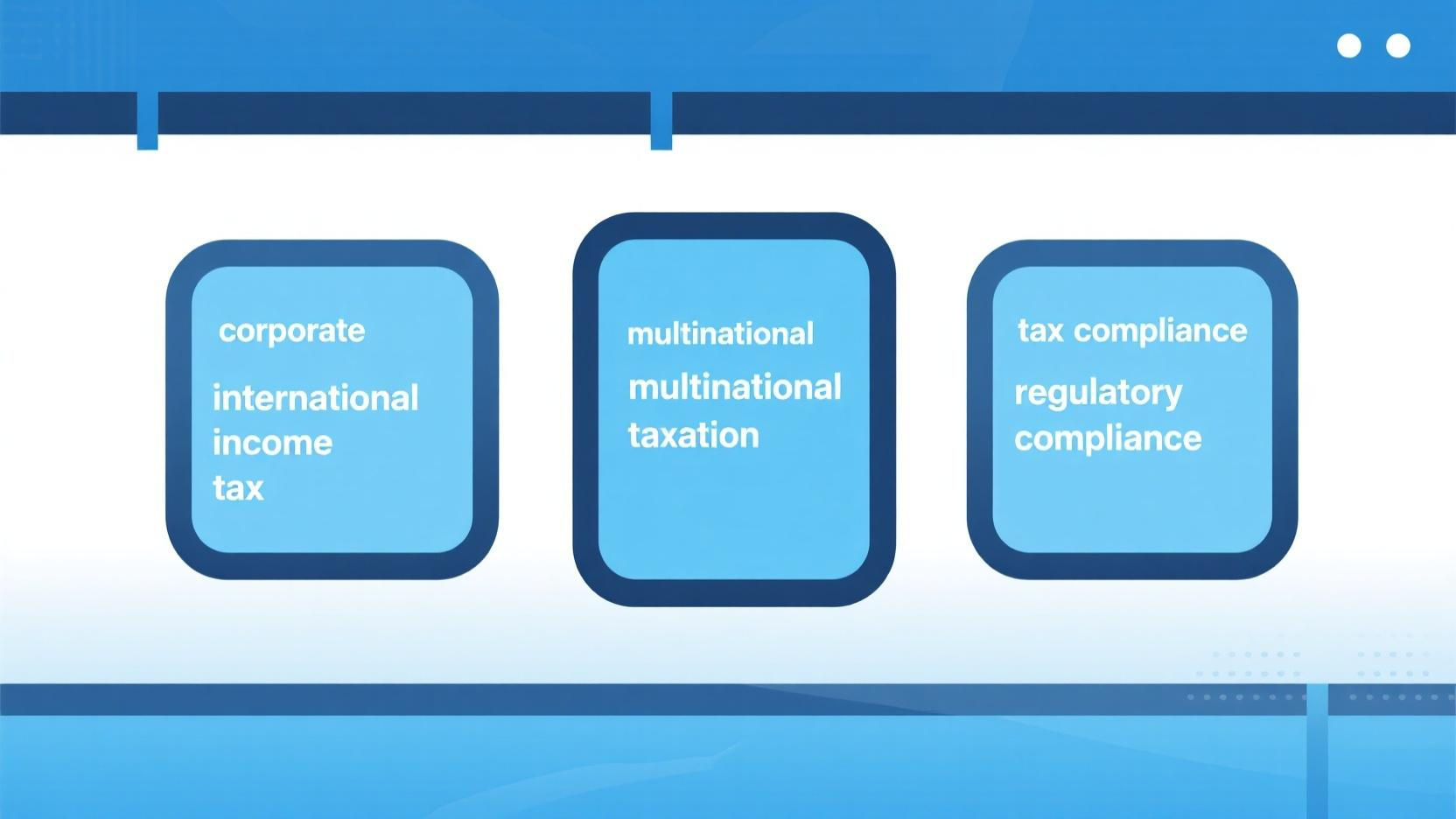Image Source: unsplash
Understanding how to develop a corporate legal crisis management plan is essential, as a legal crisis can arise unexpectedly, jeopardizing a company’s reputation and financial health. Without a well-structured plan, the fallout can be catastrophic. Research indicates that mishandled crises often result in a 33% decline in share price, leading to significant financial losses. By learning how to develop corporate legal crisis management plans, businesses can proactively build resilience, enable rapid responses, and protect their long-term success.
Key Takeaways
- Create a team with members from different departments. Include people from legal, communications, compliance, and operations.
- Check for risks often to find and rank possible problems. Use numbers to measure risks and plan resources wisely.
- Make a simple plan to share information during a crisis. Good communication helps build trust and stops false information.
Understanding Corporate Legal Crises
Defining Corporate Legal Crises
When I think about corporate legal crises, I see them as more than just isolated legal issues. These crises often stem from events like government investigations, major lawsuits, or regulatory actions. They don’t just stop there—they grow, threatening the company’s reputation, culture, and even its survival.
- For example, a government investigation might start small but escalate into a full-blown crisis, impacting public trust.
- Unlike operational crises, such as fires or product recalls, legal crises are deeply intertwined with the company’s compliance and ethical practices.
- They also differ from reputational crises, which often arise from poor management decisions or offensive messaging.
Legal crises are complex and often develop over time. They demand a proactive approach to prevent them from spiraling out of control.
Common Legal Challenges Faced by Companies
Every company faces legal challenges at some point. From my experience, the most common ones include:
- Major litigation, such as class-action lawsuits, which can drain resources and tarnish a company’s image.
- Data breaches, which not only violate privacy laws but also erode customer trust.
- Government investigations, which can lead to hefty fines or operational restrictions.
In-house counsel plays a critical role here. They must ensure the company has a solid crisis management plan that includes risk assessments, response procedures, and regular legal reviews. Without these, companies risk making public relations decisions that overlook legal implications, creating even bigger problems.
Consequences of Poor Crisis Management
Poor crisis management can devastate a company. I’ve seen cases where mishandled crises led to a median share price drop of 33%. In fact, eight high-profile companies collectively lost around $300 billion in value due to poor responses.
- Companies involved in crises often end up valued 30% less than their competitors.
- Beyond financial losses, they face long-term reputational damage, making it harder to regain stakeholder trust.
This is why I believe every company must prioritize a strong legal crisis management plan. It’s not just about avoiding losses—it’s about safeguarding the future.
Key Elements of a Corporate Legal Crisis Management Plan

Image Source: pexels
Building a Crisis Management Team
I’ve learned that a strong crisis management team is the backbone of any effective legal crisis plan. This team should include representatives from key departments like legal, compliance, communications, and operations. Each member brings unique expertise, ensuring a coordinated response.
A well-structured team not only enhances legal preparedness but also ensures compliance with regulations during emergencies.
| Practice | Benefit |
|---|---|
| Establish a Crisis Management Team | Ensures a comprehensive response by involving diverse expertise. |
| Engage with Legal Authorities | Builds communication channels for guidance during crises. |
Regular meetings and drills keep the team sharp and ready to act when needed.
Conducting Risk Assessments
Risk assessments are essential for identifying potential threats. I always recommend using quantitative methods to measure risks and prioritize them effectively.
- Assessing risks helps pinpoint vulnerabilities.
- Numerical data allows for informed decision-making.
- Prioritizing risks ensures resources are allocated wisely.
This process not only prepares the organization but also aligns response strategies with legal obligations.
Establishing Legal Protocols
Clear legal protocols act as a roadmap during crises. I’ve seen how companies benefit from defining response procedures, maintaining robust documentation, and staying updated on regulatory changes.
- Regular legal reviews ensure compliance.
- Detailed records support post-crisis analysis.
- Monitoring laws helps avoid penalties.
These steps safeguard the company’s reputation and reduce liability.
Developing a Communication Strategy
Communication can make or break a crisis response. I’ve observed that companies with strong communication strategies often avoid financial losses.
- Effective communication prevents misinformation.
- Engaging stakeholders builds trust.
- Transparency reassures the public.
A well-planned strategy keeps everyone informed and minimizes reputational damage.
How to Develop Corporate Legal Crisis Management Plan
Assemble a Cross-Functional Team
I’ve found that assembling a cross-functional team is the foundation of any successful legal crisis management plan. This team should include representatives from legal, communications, compliance, and operations departments. Each member brings unique expertise, ensuring a well-rounded approach to crisis response.
| Success Factor | Description |
|---|---|
| Clear Roles | Assigning dedicated roles helps team members understand their responsibilities, reducing confusion. |
| Crisis Playbook | A structured plan detailing who to contact and when aids in rapid response during crises. |
| Practice | Regular exercises prepare the team for real situations, enhancing their readiness and effectiveness. |
By learning from past crises and conducting regular drills, the team can refine its strategies and improve its readiness.
Identify and Prioritize Risks
Identifying and prioritizing risks is a critical step in developing a corporate legal crisis management plan. I always recommend a collaborative approach where legal and communications teams work together. This ensures both legal and reputational risks are addressed.
Formal presentations by committee members help assess risks in their respective areas. A bottom-up approach gathers and evaluates risks, leading to informed recommendations. Stress tests and operational war games further refine this process, revealing how risks interrelate and preparing the organization for extreme scenarios.
Create a Response Framework
A strong response framework provides clarity during a crisis. I’ve seen how effective frameworks balance legal compliance with reputational management. Key elements include:
- Ensuring public statements are accurate and vetted.
- Avoiding speculation before gathering facts.
- Communicating directly with stakeholders.
This structure minimizes confusion and ensures the organization responds swiftly and effectively.
Train Employees and Conduct Drills
Training employees and conducting drills are essential for preparedness. Research shows that companies responding to crises within hours experience significantly less financial impact. I encourage regular training sessions to familiarize employees with protocols and roles.
Drills simulate real-world scenarios, helping teams identify gaps and improve their response strategies.
Regularly Review and Update the Plan
A corporate legal crisis management plan must evolve with changing regulations and risks. Regular reviews ensure its relevance and effectiveness. I recommend scheduling periodic updates and involving legal counsel to maintain compliance.
A proactive approach keeps the organization prepared for any eventuality.
By following these steps, businesses can confidently navigate crises and safeguard their future.
A corporate legal crisis management plan isn’t just a document—it’s a lifeline for your business. I’ve seen how preparation can transform chaos into opportunity.
- It minimizes risks and protects your reputation.
- It ensures compliance and builds trust with stakeholders.
Take the first step today. Start planning, and secure your company’s future.
FAQ
What is the first step in creating a legal crisis management plan?
The first step is assembling a cross-functional team. This team ensures diverse expertise and lays the foundation for a comprehensive and effective plan.
How often should I update my crisis management plan?
I recommend reviewing and updating the plan every six months. This ensures it stays relevant to changing regulations and emerging risks.
Why is employee training essential for crisis management?
Training empowers employees to act confidently during crises. It minimizes confusion, strengthens response strategies, and ensures everyone understands their roles.
💡 Tip: Regular drills simulate real scenarios, helping teams identify weaknesses and improve their readiness.











